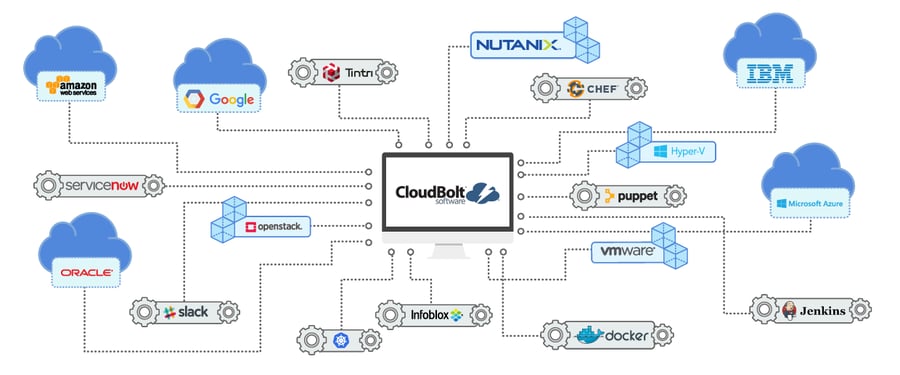As businesses shift operations to the cloud, traditional IT financial tools often struggle to keep pace with the unique challenges of cloud cost management. Cloud Financial Management (CFM) addresses this by providing a framework to control, forecast, and optimize cloud costs. This blog outlines key best practices for effective CFM, helping organizations maximize cloud investments.
1. Establish Cost Accountability
Cloud’s decentralized nature can lead to untracked expenses. The first step to controlling cloud costs is creating a culture of accountability. This involves implementing a consistent tagging strategy, attributing costs to specific teams, projects, or departments. Tags for environment, owner, or cost center provide granular insights into cloud usage, supporting chargeback and showback models.
A centralized governance team should be responsible for monitoring compliance, enforcing tagging policies, and ensuring consistent cost allocation practices. This accountability ensures that cloud resources are used responsibly, with spending aligned to business objectives.
2. Accurate Budget Forecasting
Budget forecasting in the cloud can be challenging due to the elastic nature of cloud resources. To improve forecasting accuracy, organizations should combine historical usage patterns with anticipated future needs. Tracking trends, seasonal fluctuations, and workload expansion helps plan budgets effectively.
AI and ML tools like CloudBolt can enhance forecasting by identifying hidden cost patterns and providing more accurate predictions. Additionally, regular monitoring and adjustments are essential to keep forecasts aligned with actual costs.

3. Optimize Cloud Resources at Scale
Cloud cost optimization ensures efficient use of resources. This involves usage optimization—terminating idle resources, rightsizing instances, and adjusting storage tiers based on data access patterns. Pricing optimization is also critical, with organizations leveraging reserved instances, savings plans, and volume discounts to secure better rates.
Automated tools like CloudBolt can help streamline optimization efforts, freeing up valuable time for engineering teams to focus on innovation. Continuous monitoring and proactive adjustments allow organizations to identify new savings opportunities and ensure long-term cost efficiency.
Conclusion
Cloud Financial Management empowers businesses to control cloud spending while optimizing resource use. By establishing cost accountability, improving budget forecasting, and optimizing resources at scale, organizations can maximize cloud investments. Leveraging AI-powered tools like CloudBolt enhances decision-making and drives proactive cloud management, ensuring cloud spend is both efficient and aligned with strategic goals.
Want to read more interesting blogs like this……Visit https://www.codersbrain.com/blog/
